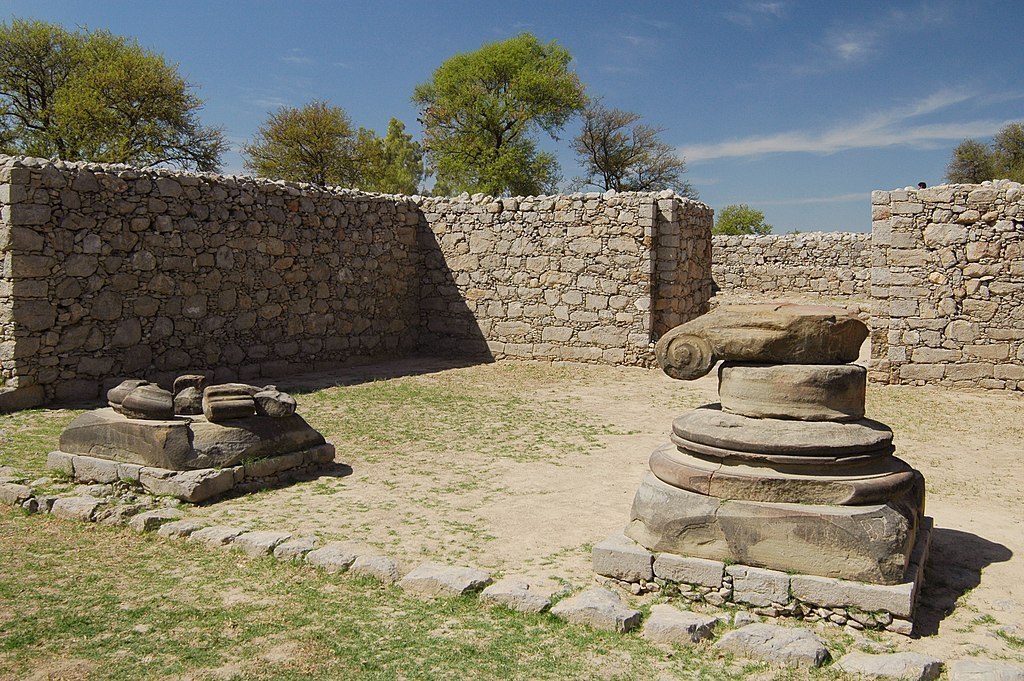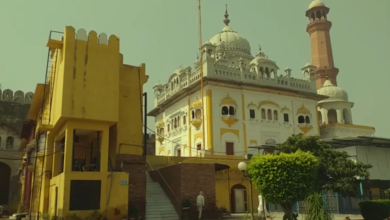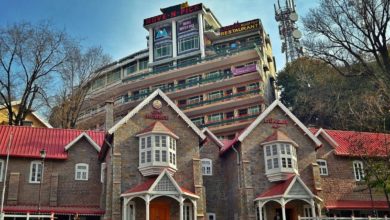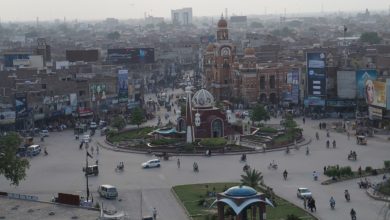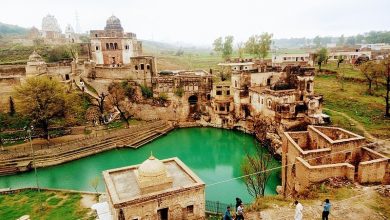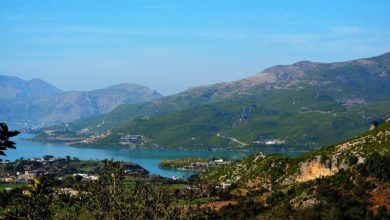Taxila | History of Taxila | Places to visit in Taxila
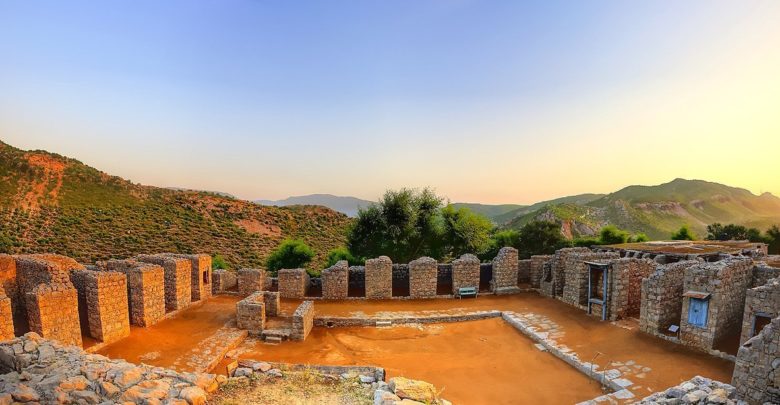
Taxila is an excellent treasure of history; it’s not just a city but the name of a great civilization, the Ghandhara civilization. It’s a collection of different kingdoms, religions, cultures, and civilizations; this city has many secrets hidden inside it. Taxila is one of the most famous historical places in Pakistan.
It is the cradle of ancient civilization and the custodian of centuries-old facts. It is a city that saw the fall of many empires, a city with many secrets, a city that kept religion and culture safe inside. It was ranked as the top tourist destination in Pakistan by The Guardian newspaper in 2006 and declared UNESCO world heritage sites in 1980.
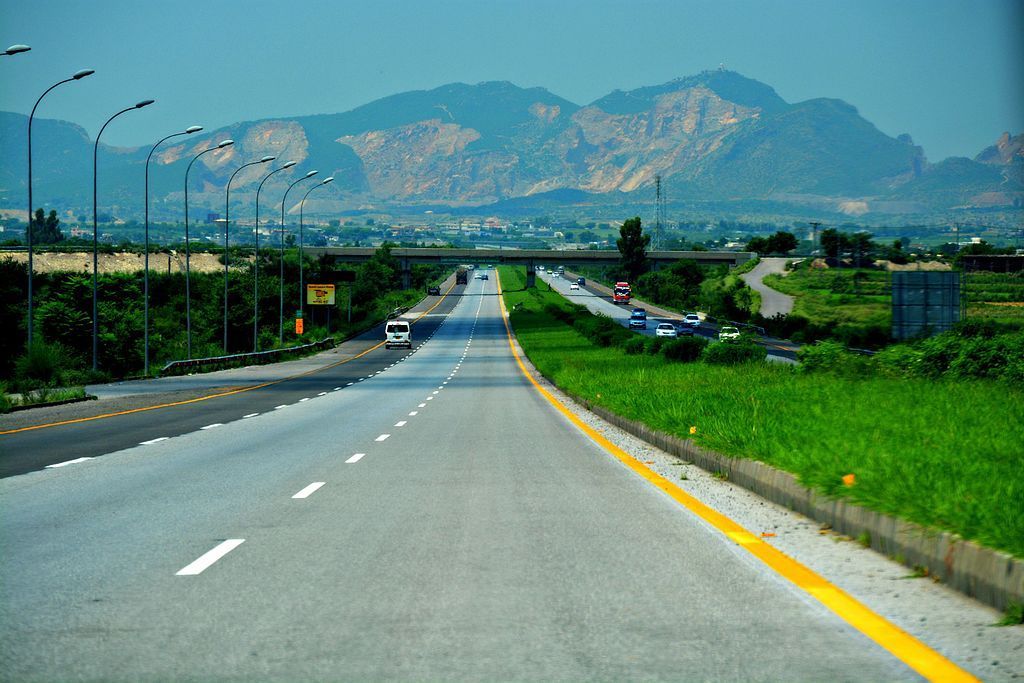
Buy writerzen keyword research tool with lifetime deal
Taxila was a well-planed city, like the historical cities Mohenjo-Daro and Harappa. When you look at the symmetrical lines and way of construction, you will be amazed. One of the oldest universities of the world was placed in Taxila, in which students from all over the world used to get various knowledge, including philosophy, politics, accounts, medicine, commerce, arts, languages, etc.
In ancient times Taxila hosted several Buddhist monasteries. It was the cultural and spiritual hub of Buddhism and home to Ghandhara schools of culture. Buddhists from all over the world come over here to offer their devotion and feel restrained. The city is known for its valuable artwork that is a source of wonder for tourists worldwide. Taxila’s primary industry is stone carving which is famous all over the world.
Location of Taxila
Taxila is one of the most visited tourist places in the country. It’s about 45 minutes to get there from Islamabad, the capital of Pakistan.
History of Taxila
The first name of this region was “Takshashila,” is a Sanskrit word which means the city of cut stones. It was discovered by Sir John Marshal (a renowned archaeologist) in 1911 – 1922. Many artifacts of that time have been excavated from Taxila, including Buddhist monasteries, stupas, remains of ancient cities, etc.; the place is called the pearl of a great civilization.
The city was grown significantly from the sixth century when the Gandhara kingdom became part of the Achaemenes Empire of Persia. As you step on this magical land, you feel as come to another world that was a great kingdom in its time and still greets you with an open heart. Here you will find the traces of Buddha, Alexander the Great, Shensha Kanishka, and many rulers. History has shown that this enchanting city has always been the center of attention for winners.
Buy writercream AI content generator with lifetime deal
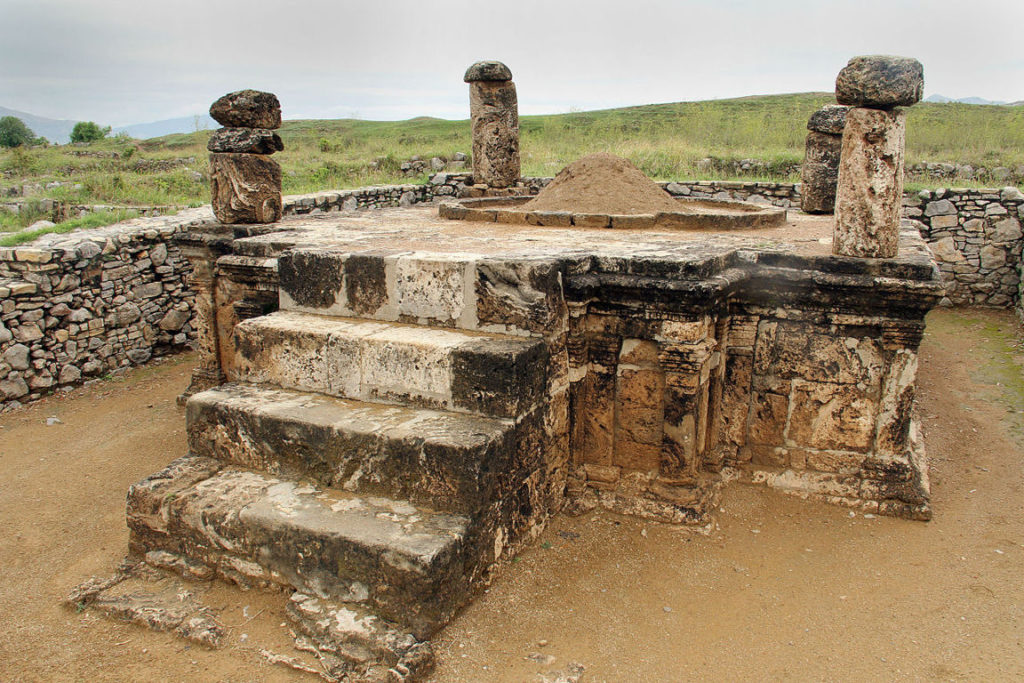
Many Stories of Greek, Iranian and Indian civilization are buried here. Alexander the Great came to power in 327 BCE. Different rulers ruled the region before alexander. The journey of rise and fall this region continued over time till it came under the control of the Mauryan family, Towards the end, this city became a major center of learning in the era of King Ashoka. Many universities were inhabited here, and seekers of knowledge from all over the world turned to it. In this era, built many roads for trade, which connect Taxila to a different location.
After the Mauryan rule, the city was annexed by the Indo-Greek kingdom of Bactria until the early 1st century BCE. Then followed by different rulers such as Scythians from central Asia, Parthians, Kushan, White Huns, etc. white Huns destroyed Taxila and never regained its glory. The identity of Taxila is found in the soil of this place, the treasures of history which historians call the treasures of Wisdom.
Places to visit in Taxila
Taxila is the cradle of Buddhism, and its remains are spread over a large area. The city considered one of the eight largest stupas in South Asia, so visit all spiritual sites where Buddhism started.
This article consists of historical and archaeological sites of Taxila including, Bhir Mound, Sirkap, Sirsukh, Mohra Muradu, Julian, Taxila Museum, Dharmarajika Stupa, and Jandial Temple. These remains are very close to each other that deserves to be seen and explored.
Bhir Mound
Taxila comprises three major cities that inscribed UNESCO world heritage site. Bhir Mound is first of these cities, here are buried the effects of the ancient population. It is one of the significant remains of Taxila, around 800-525 BC.
Bhir mound has been excavated many times, first started in 1913 to 1925 by Sir John Marshal and the work continued by Sir Mortimer from 1944 to 1945, and in 1966-1967 by Dr. Mohammad Sharif. Bahadur khan again did this excavation from 1998 to 2000 and Dr. Ashraf in 2002.
The construction of this city does not look like any planning, like Sirkup, the streets are narrow, and the houses are in disarray. In 326 BC, Alexander invaded the region and occupied it, after Alexanders death, Chandara Gupta Mauryans took him into his custody. His grandson Ashoka did a lot of work here for the sake of Buddhism.
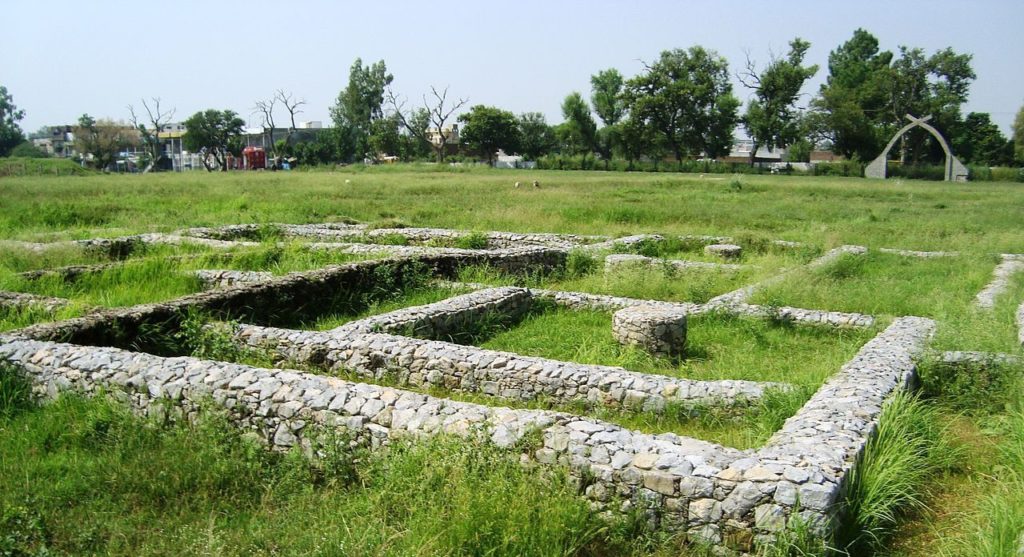
Sirkap
Sirkap is the second largest city of Taxila, and this archaeological site is 2 to 3 km from Dharmarajika Stupa. Here you witness the traces of ancient civilization. The town was founded in the 180s BCE by the Bactrian King Demetrius. He conquered the region and was rebuilt by King Menander in the second century BC. Sirkap was well planned fortified city of Taxila, you will have a very different feeling here. There are a lot of rights and left streets that go to bazaars and houses.
Here are two well-known sites to visit in Sirkap;
Round stupa
There is a house that had Round Stupa which still exists today. It considered to be the oldest stupa in the subcontinent.
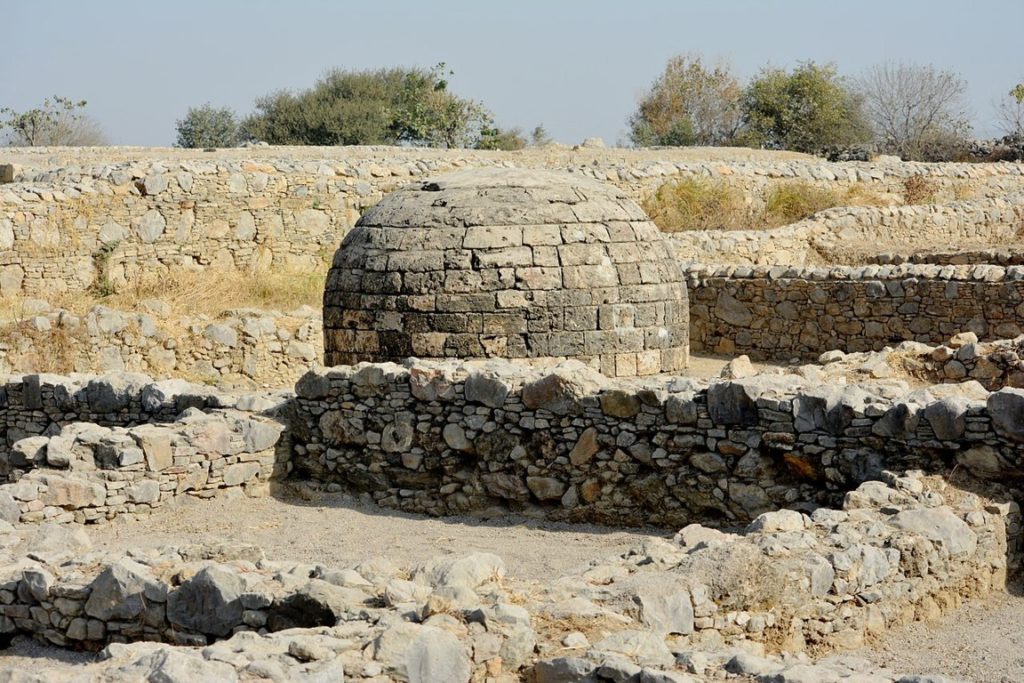
Double-headed eagle temple
It was the Mighty Double-headed Temple of Sirkap. There is a double-headed eagle statue with a unique structure that symbolizes power. The design of this whole temple resembles Greek and Hindu styles.

Sirsukh
Sirsukh is the last great city of ancient cities of Taxila. It was founded by the Kushan king Kanishka after 80 CE. The invaders decided to abandon the city of Sirkap and build a newer city known as Sirsukh. It is also said that Sirsukh was the second brother of Sirkup who ruled this city.
Historian says that the cause of building a new city was that an epidemic spread deadly plague there, and many people were affected by it. The town includes a list of UNESCO world heritage sites.
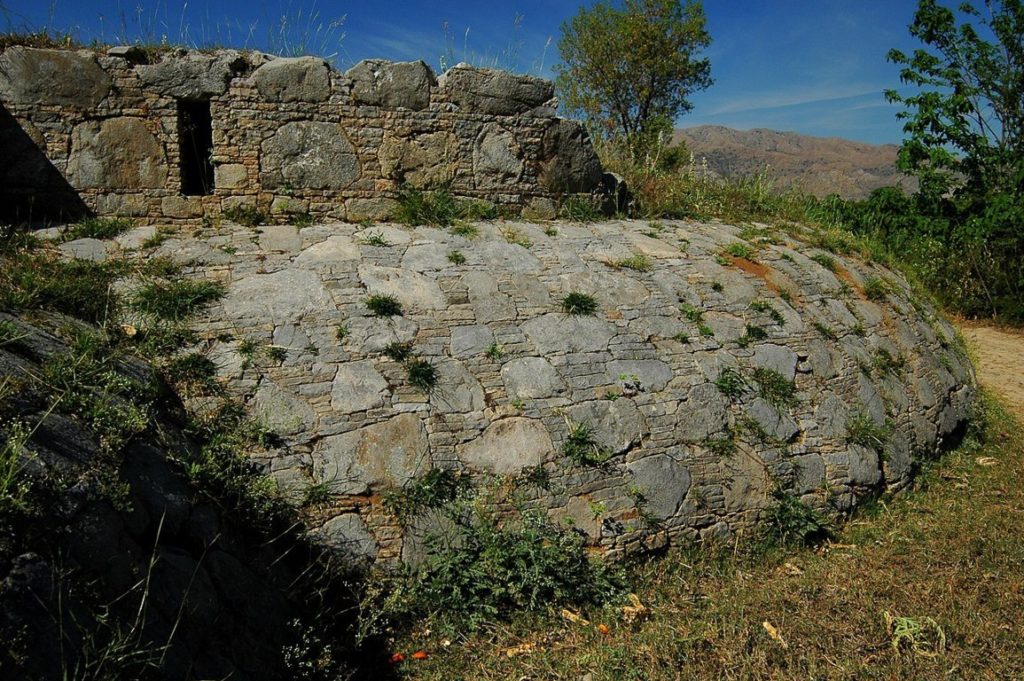
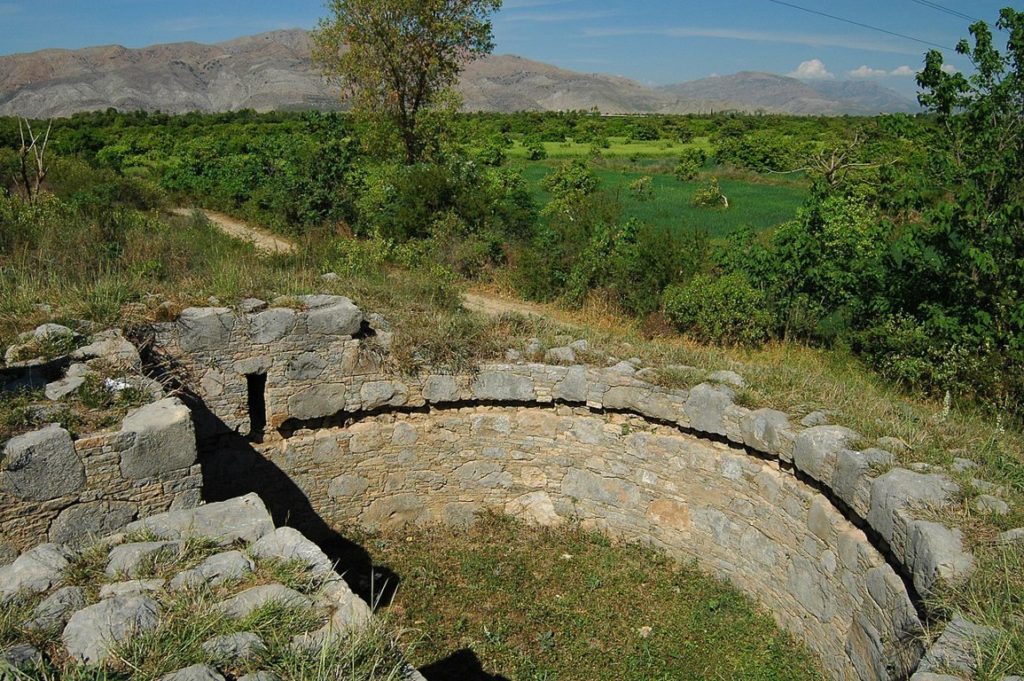
Mohra Muradu
The Stupa of Mohra Muradu is one of the oldest stupas in the world. It is a place of an ancient monastery and two Buddhist stupas built in the 2nd century CE and renovated in the 5th century by Kushans. The ruins of Mohra Muradu were excavated from 1994 to 1915, under the supervision of Sir John Marshall by Abdul Qadir. It’s a very serene place, away from the hustle and bustle of the city.
There is a large assembly hall, a square-shaped pool containing water for ritual, and a double-story building where 27 rooms each on the ground floor. The first floor is used for meditation for teachers and students. Buddhist followers used to visit here and round around this monument as a sign of respect and good fortune.
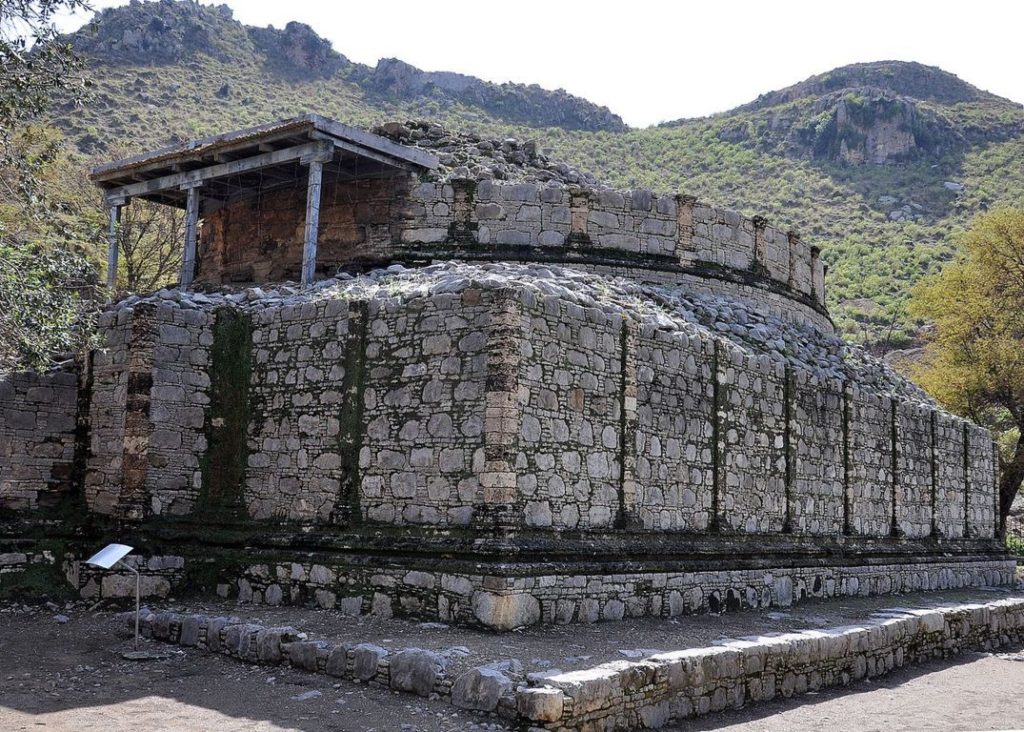
Jaulian
The Stupa of Mohra Muradu is one of the oldest stupas in the world. It is a place of an ancient monastery and two Buddhist stupas built in the 2nd century CE and renovated in the 5th century by Kushans. The ruins of Mohra Muradu were excavated from 1994 to 1915, under the supervision of Sir John Marshall by Abdul Qadir. It’s a very serene place, away from the hustle and bustle of the city.
Book 9 days Buddhist Civilization Taxila Pakistan Tour
There is a large assembly hall, a square-shaped pool containing water for ritual, and a double-story building where 27 rooms each on the ground floor. The first floor is used for meditation for teachers and students. Buddhist followers used to visit here and round around this monument as a sign of respect and good fortune.
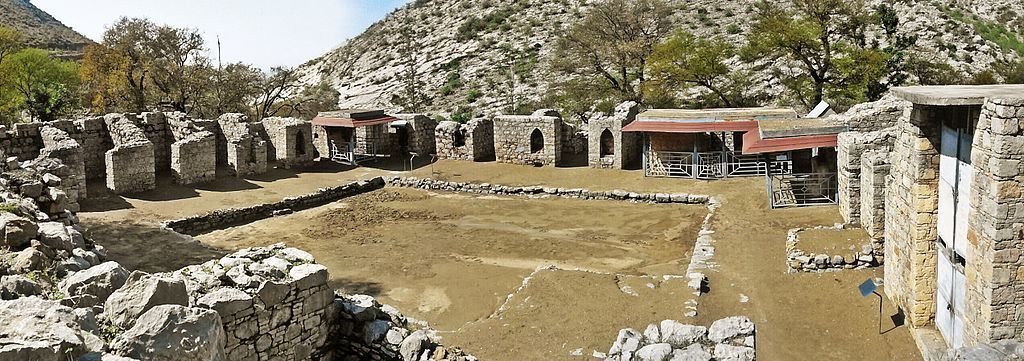
Taxila Museum
Taxila museum is home to a comprehensive and significant collection of the 1st to 7th century. The Museum has approximately 7000 thousand archaeological pieces and a rich collection of Ghandhara art and artefacts excavated from the ruins of ancient Taxila.
Taxila Museum was constructed in 1918 and opened for the public in 1928. It has many galleries, and each gallery has its own story. Here you will find the remains of all those precious things discovered in Taxila, and they have been kept very beautifully in a Museum. You will find stories and stuff from different centuries in order. There is a lot more to explore, observe and learn.
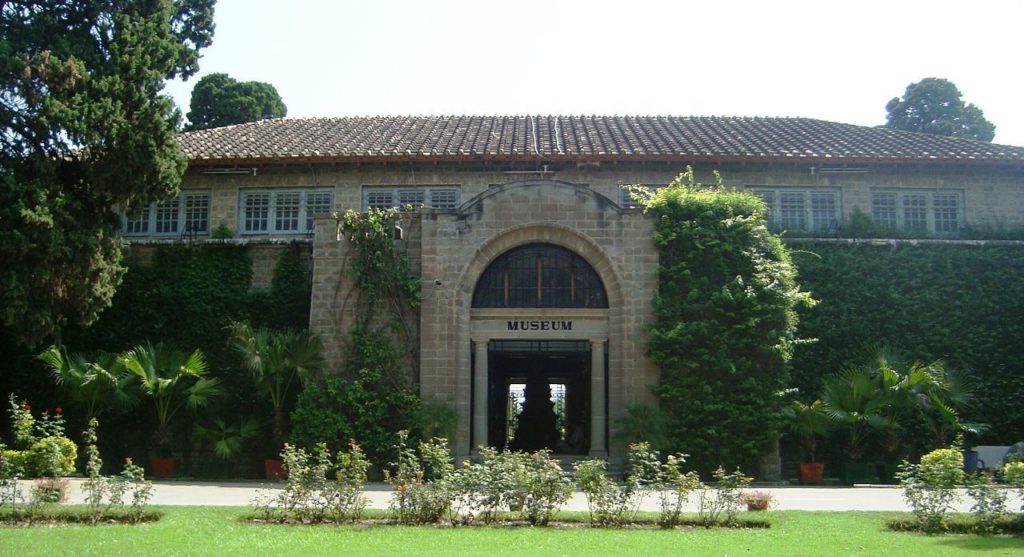
Dharmarajika Stupa
Dharmarajika Stupa is the earliest and largest Buddhist religious complex at Taxila. It was made by King Ashoka in the 3rd century BCE and the purpose of making it was to bury the sacred ashes of Buddha.
Dharmarajika is derived from the word Dharma raja, which means lord of the law, a title used by Mauryan king Ashoka for his services to Buddhism thus the name Dharmarajika. It has been also claimed that it was made by the Kushan Empire, during the second century CE.
Book 11 days tour to North Pakistan
It is the largest stupa in Pakistan, also known as “Scarred Hill” or Chir tope. Every year in May, when the Besakh Festival is celebrated, people from all over the world come over here and pay their tribute. This is considered to be the most sacred site of Buddhism. It was excavated by Sir John Marshall in 1913. The ruins are 10 minutes’ drive or 3 km from Taxila Museum.
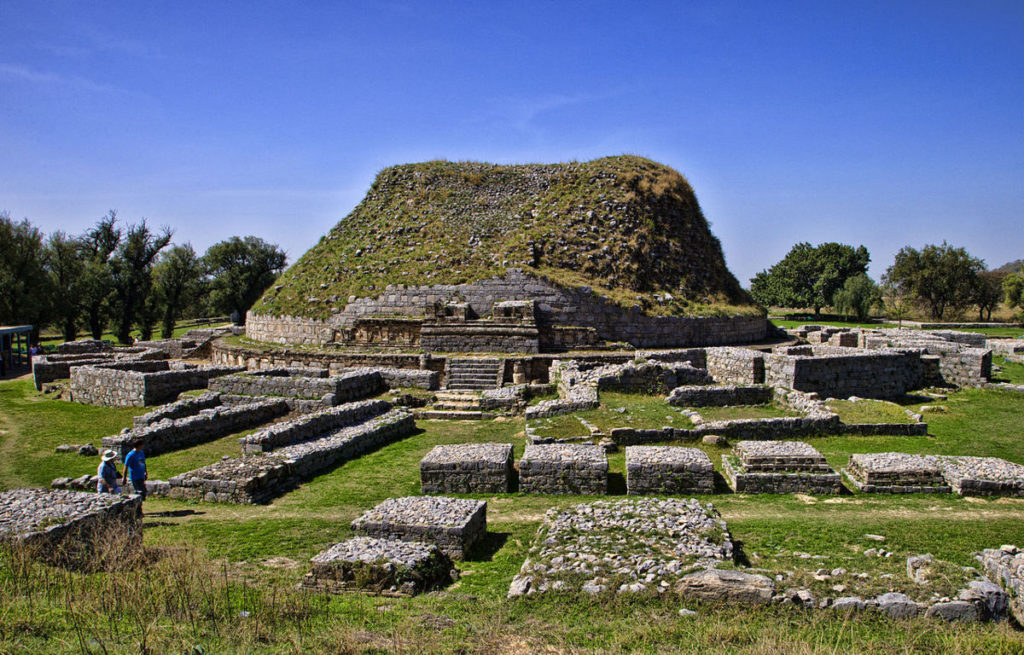
Jandial Temple
Jandial is an ancient temple of Taxila, located north of Sirkup city. It is dated back to the 1st century BC but some believed that may have been built in the 2nd century. It strikingly resembles Greek temples and the Greek rulers of Taxila performed religious rituals at this temple. It was excavated by Mr. Ghulam Qadir in 1912 under the direction of sir john Marshal.
Jandial temple has been called the most Hellenic structure of Pakistani soil. The temple is 158 feet high and 85 feet wide, built on a 15 meters high artificial mound according to the ionic orders. It is the remains of an old Zoroastrian temple in Taxila. The structure of the temple consists of a central shrine with four ionic columns, a veranda, the main hall, and a porch. It’s the only Greek-style Parsi temple in the region.
While visiting Taxila and its surrounding’s do not forget to visit Islamabad and other places to visit in Islamabad.
